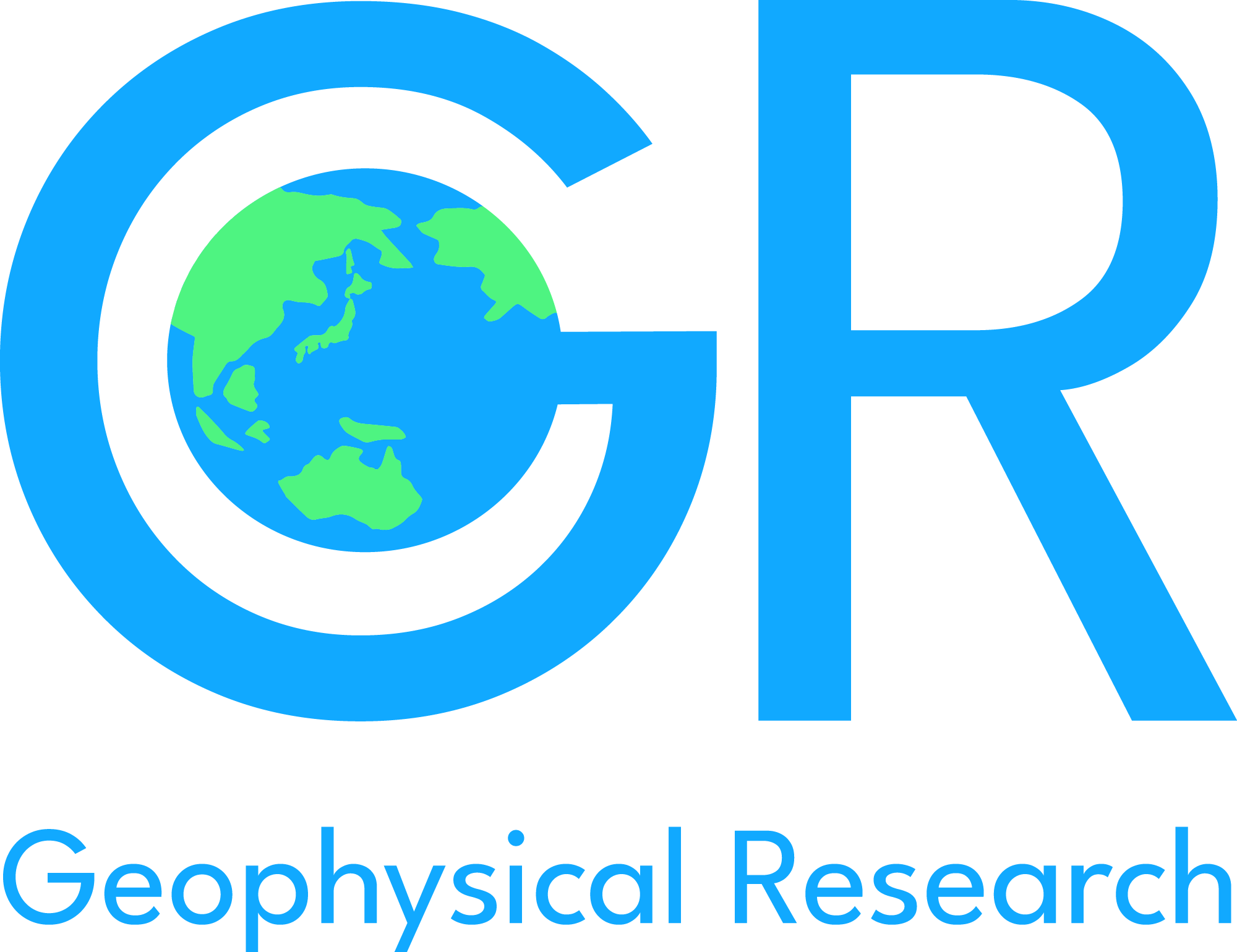Alternative Formulations of the Watertable Fluctuation Method of Recharge Estimation: A Quantitative Comparison
Abstract
Groundwater recharge estimation is vital for ensuring the sustainable management of water resources and the protection of ecosystems. The watertable fluctuation method (WTFM) is commonly used to estimate distributed groundwater recharge in unconfined aquifers. There are many variations in the method’s implementation, mainly in the extrapolation of recession curves to estimate groundwater discharge during recharge events. Despite the popularity of the WTFM, the results of the most popular variations have not been compared to assess their accuracy. This study examines six alternative forms of the WTFM by applying them to 1,000 model-generated hydrographs to determine the most accurate approach. Recharge estimation error was characterised according to model input parameters: model input recharge, specific yield, aquifer length, transmissivity, distance between the observation well and the groundwater divide (relative to the aquifer length), and distance between the observation well and the groundwater discharge boundary. The RISE method, which does not account for ongoing discharge during recharge events, was the poorest performing, underestimating gross recharge by an average of 22%. The exponential local recession curve method (the most common approach) also tended to underestimate recharge (by an average of 14%). The fixed-timestep master recession curve method was the most accurate, underestimating recharge on average by 4%. This approach assumes a greater rate of discharge as the watertable rises, which is more consistent with Darcy’s Law. The linear local recession curve was the second-most accurate method despite its simplicity, underestimating gross recharge by an average of 7%. The widest range of recharge estimation error occurred near the groundwater discharge boundary, for all variants tested. For those cases, a high transmissivity increased the likelihood of recharge underestimation. These findings provide valuable insights for improving the reliability of WTFM applications in groundwater recharge investigations.
Keywords: Groundwater, Aquifer, Hydrogeology, Master Recession Curve, Hydrograph Analysis
How to Cite:
Becke, A. L., Solórzano-Rivas, S. C. & Werner, A. D., (2025) “Alternative Formulations of the Watertable Fluctuation Method of Recharge Estimation: A Quantitative Comparison”, ARC Geophysical Research (1), 8. doi: https://doi.org/10.5149/ARC-GR.1417
Downloads:
Download PDF
View PDF
Funding
- Name
- Australian Government Research Training Program
- Name
- Australian Research Council
- FundRef ID
- https://doi.org/10.13039/501100000923
- Funding ID
- LP210100430
- Name
- Lower Burdekin Water
515 Views
97 Downloads
